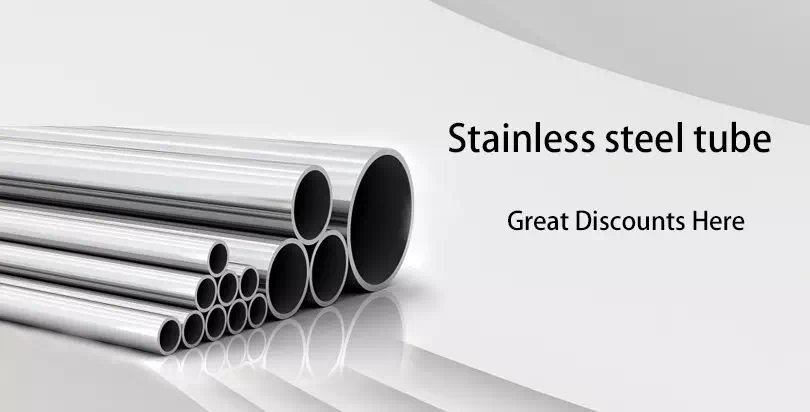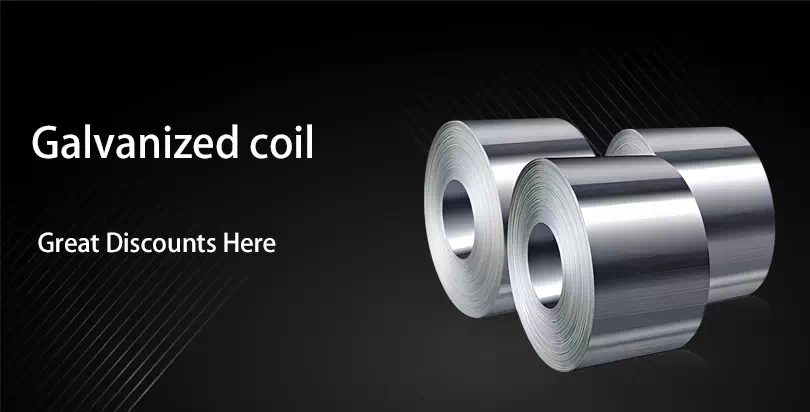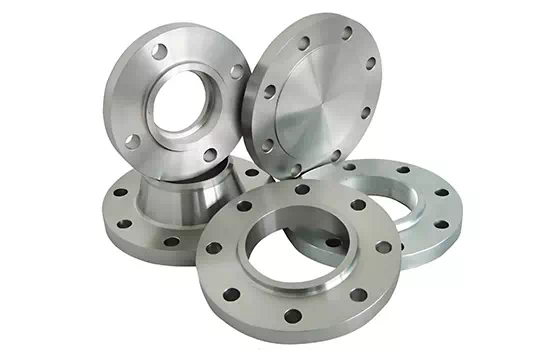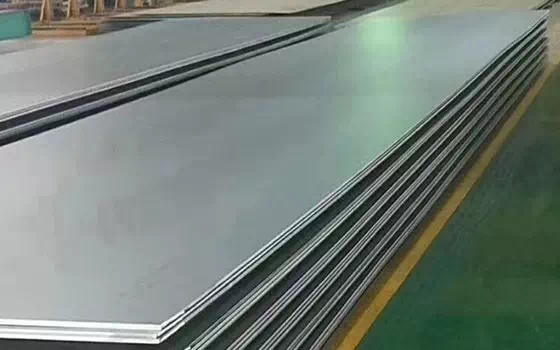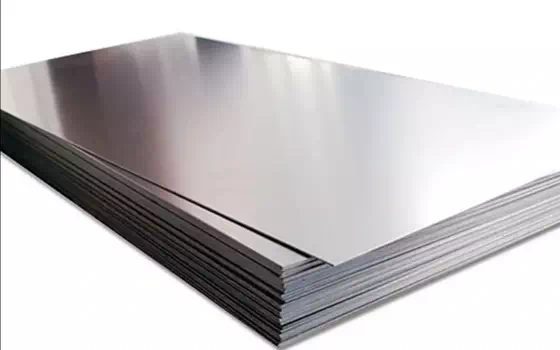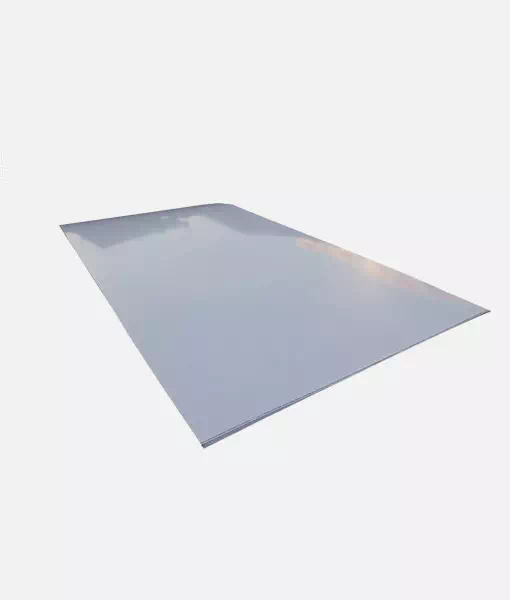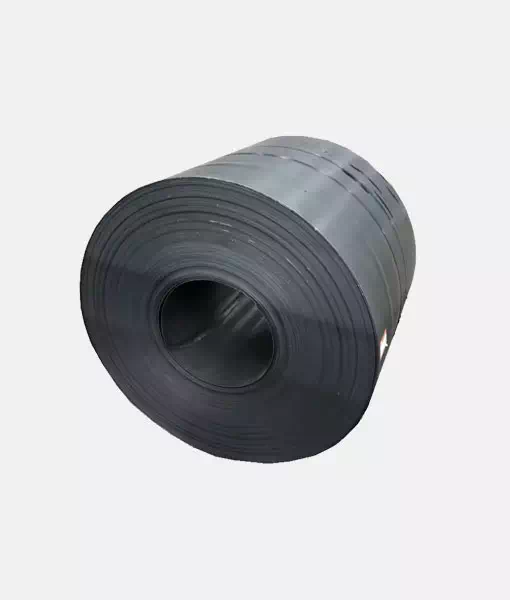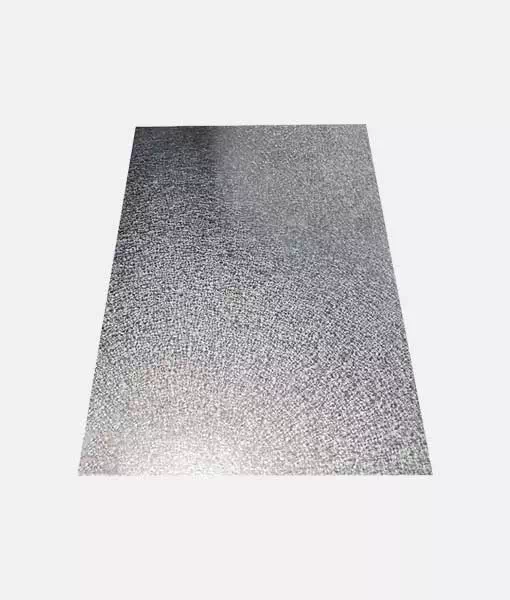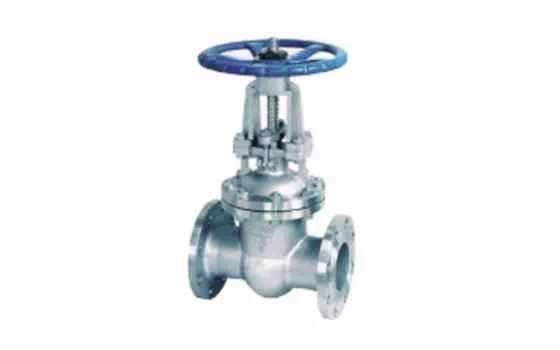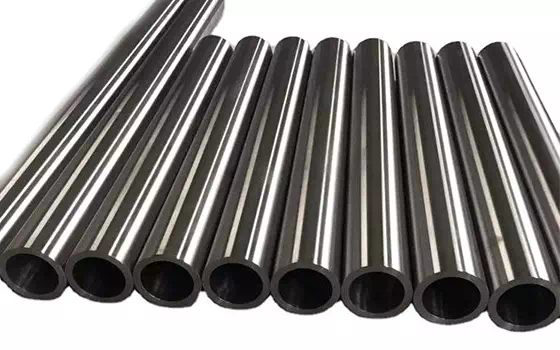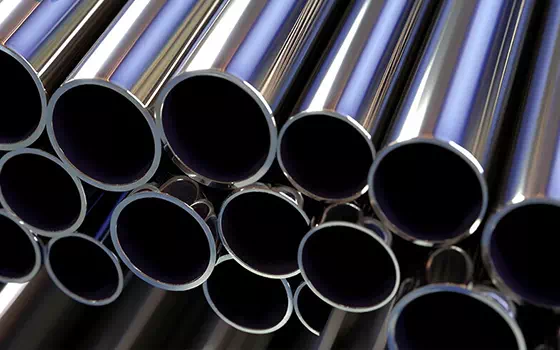When the temperature of the steel plate is lower than the temperature of the air in contact with it, or when the moisture in the air condenses on the steel plate, condensation will occur under the roof steel plate. This phenomenon is unpredictable and many buildings face similar problems.
In the south of China, the color steel plate is generally designed as a single-layer color steel plate. In order to reduce the solar radiant heat entering the building, insulation can be installed in the roof system when the roof panels are installed. That is, before installing the roof steel plate, lay a double-sided reflective foil film on the purlin or slat. This method also acts as a vapor barrier to reduce condensation.
If the sag of the film between the supports is allowed to reach 50-75mm, the air layer between the film and the roof panel will further improve the insulation effect. A very small fraction of the heat captured in the steel plate is transferred downward into the building by convection, because the heated air is essentially static in the steel plate, which means that the actual heat entering the building is due to radiation, and its proportion will depend on the properties of the surface under the steel plate. A steel plate with a painted or dark lower surface will be highly reflective and can largely radiate the remaining heat, while a steel plate with a shiny or polished lower surface will have very low dispersion and can only radiate the heat left behind. A very small amount of heat radiates into the building. Therefore, the high divergence and thermal radiation capacity of painted or dark undersides can be overcome by installing a layer of reflective foil underneath the steel plate. In order to reduce condensation under the roof steel plate, it is necessary to install a moisture-proof plate under the steel plate to prevent the lower surface of the steel plate from contacting the moisture in the air. The reflective foil used for insulation under the roof panels can easily be used as a moisture barrier by sealing the overlap with moisture-proof tape. The overlapping part should be greater than 100mm, and close contact should be maintained when positioning the foil layer so that the tape can fully play its role.
The foil layer must be placed between the roof supports. If this happens, condensation will form underneath the aluminum foil. When the temperature of the steel plate is lower than the temperature of the air in contact with it, or when the moisture in the air condenses on the steel plate, condensation will occur under the roof steel plate. This phenomenon is unpredictable and many buildings face similar problems. On cool, clear nights, the roof panels radiate heat into the atmosphere until the temperature of the roof panels drops to the temperature of the surrounding air. Sometimes it's only 5 degrees. Roof panels can even continue to radiate heat and remain colder than the air in contact with them until they are heated by solar radiation. During this time, water vapor in the air can continue to cause condensation below.
The amount of condensation depends on the amount of water evaporating from the air. And varies with different climatic conditions. Activities inside buildings greatly increase the amount of water evaporation from the air. This can happen in a building that is used for bathing (especially bathing), cooking, washing machines, clothes dryers, dishwashers, and even in the presence of many people. Moisture will pass fairly freely through most ceilings, into ceiling Spaces and in direct contact with the roof panels. In addition to the obvious signs of water dripping from the roof or ceiling or staining the ceiling and walls, condensation can cause damage to hidden parts of a building. Similarly, if a large area of insulation becomes damp, even slightly, due to condensation, the effectiveness of the insulation will be greatly reduced.
If condensation occurs in color steel plate construction, it is difficult and costly to eliminate its adverse effects. Therefore, it is wise to take precautions in design and construction. In order to avoid condensation on the roof, moist air must be prevented from reaching the bottom of the steel plate. Moisture intrusion will be further prevented by placing insulating wool between the reflective foil layer and the roof steel plate. At the same time, thermal insulation cotton can also reduce the noise caused by rain on the metal roof steel plate. When using insulated dough, care must be taken to keep it completely moisture-proof. Especially around the edge of the roof and the bottom of the steel plate terminals, in the case of small roof slope, runoff rainwater may be blown back. If the insulation overhangs over the bottom support surface, it may come into contact with water in the gutter, in which case the insulation will absorb the water, holding the moisture in the insulation for a long time in humid climate conditions, which will damage the shingle coating due to contact with the wet insulation.


